Marine Life
The vast waters of The Bahamas team with an amazing array of marine habitats, including coral reefs and mangroves that feature a diversity of dolphins, sharks, and rays as well as sea turtles and manatees.


Graceful grazers
Often called sea cows because of their large, rotund bodies and daily grazing habits, West Indian manatees are mammals that are primarily found in the coastal areas of Florida, though they range throughout the southern United States to the northeast coast of Brazil and around islands near these shores. A few manatees were found in The Bahamas. Possessing a torpedo-shaped body, manatees are adapted for their aquatic lifestyle with their massive, heavy bones that allow them to easily submerge to eat, limbs modified into paddle-shaped flippers for maneuvering through the water; a prehensile lip to grab vegetation; and a 130-foot-long intestine which helps absorb nutrients from 100 to 150 pounds of the low-nutrient plants they eat each day. Plants are tough on teeth and manatee teeth are replaced throughout their lifetime. It’s hard to believe it takes seven days for them to digest their food!
Since manatees are mammals, they must breathe air, yet they never leave the water. A manatee at rest can remain submerged for 15 minutes, but it must breathe every 3 to 4 minutes while swimming. Manatees are usually seen alone, in pairs, or in small groups of half dozen or fewer animals.
Threats to Manatees
People are the biggest threats to manatees—they have no natural predators. In 2019, manatee mortality was 606 individuals. Challenges that manatees face include:
- Collisions with boats
- Loss of warmwater habitat
- Harassment by humans
- Flood gates and canal locks
- Red tide
How can you help?
Every Day
Get Involved
Donate
What we are doing
The establishment of the Bahamas Marine Mammal Stranding Network in The Bahamas in collaboration with BMMRO, Department of Marine Resources, and the US Southeast Regional Stranding Center of NOAA Fisheries in Miami in 2008 has increased our knowledge of the distribution of manatees. As part of the Atlantis Blue Project, Atlantis is working closely with BMMRO to improve the understanding of manatee movement patterns and the ability to determine when a manatee may need medical intervention.
Combining the long-term understanding of the marine mammals of The Bahamas, including manatees, with information on stranded animals in the region, we will receive a clearer picture of the conservation needs of marine mammals in The Bahamas.

